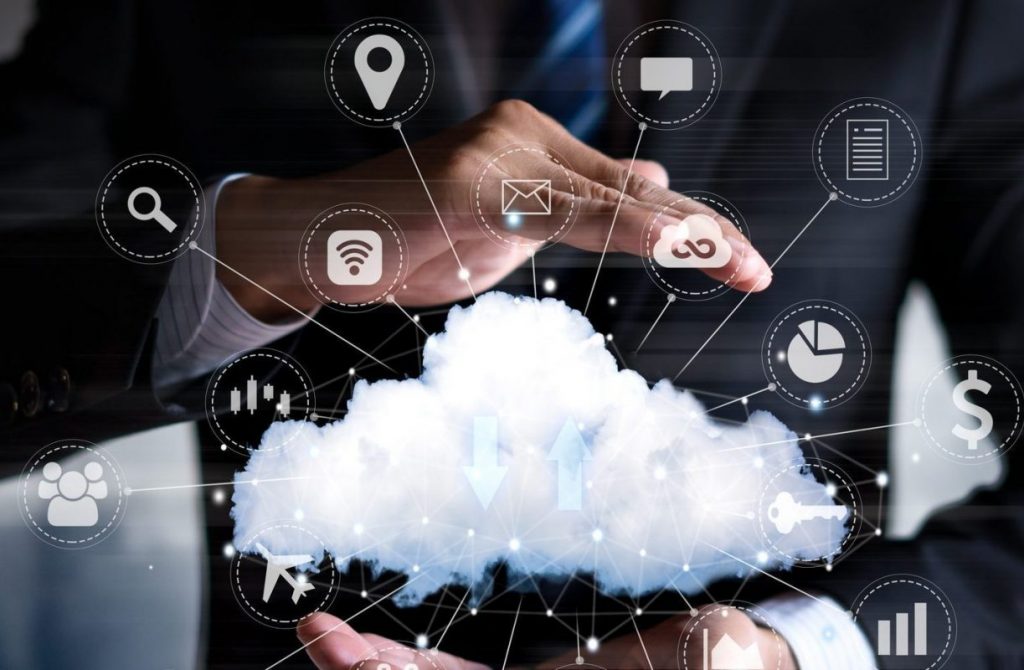State and local governments are constantly meeting with citizens across large distances. These public servants need mobile access to dependable, safe networks to best serve their constituents. Cloud adoption ensures there are no missed connections between agencies and their workforces in the field.
“At the state level, the biggest thing the discussions revolve around is the experience,” Ken Liska, Systems Engineering Manager at Citrix State and Local Government, said during a GovLoop online training Wednesday. “It’s the employees across the state being able to do their work effectively. For the administrators, it’s being able to effectively administer that environment without driving around the whole state.”
Liska said that local governments have different cloud adoption needs than their state counterparts due to their differences in size.
“At the local level, it comes more down to having a choice,” he said of adopting cloud services. “The ability to choose whatever solution they want is going to be most effective for them.”
Software-as-a-service (SaaS) solutions use cloud to deliver applications, desktops and data to users with a unified experience across all their devices. Dr. Craig Orgeron, Executive Director of Mississippi’s Department of IT services, said that agencies should decide what cloud accomplishes for them before taking the plunge.
“Cloud with a small c is not going to make you a better person,” he said. “It’s not going to help you lose weight. It’s a tool within your toolbox and you need to be thoughtful and methodical about how you utilize it.”
Liska said that successfully adopting cloud requires a clear use case that fits the needs of the agency deploying it.
“Before you trial a cloud solution, make sure you know what your use case is,” he said. “Make sure you know your budget and you’re talking to the people in your organization who can actually purchase a cloud solution. Once you have all that, it makes the most sense.”
Citrix is a software company that provides application and desktop virtualization, cloud computing, networking, SaaS and server technologies. Liska said that Citrix provides unified, secure cloud environments that are flexible for agencies’ needs.
“Your organization can manage, monitor and control government data on a device and not have to worry about personal data,” he said. “The end result is cost reduction, but you still maintain that security. That extends to tablets, laptops and smartphones.”
Orgeron said that modern government employees expect their agencies to provide secure mobile access to their networks.
“We had to embrace it as I think it is beyond inevitable,” he said of employees bringing their devices to work. “As different demographics enter the workforce, it’s basically considered a norm.”
Orgeron added that citizens expect private-sector customer experiences from their public-sector interactions.
“I think citizens’ expectations are going to go through the roof on what the government provides, and rightfully so,” he said. “That ship has sailed. Progressive state and local governments need to get on board that this is going to be part of the solution set.”
Cloud adoption helps state and local governments deliver stable, protected access to their networks from any mobile device. Liska added that organizations should consider their constituents before building a cloud infrastructure.
“They are always going to use the path of least resistance,” he said of the public. “When you start doing things in the cloud and bringing your own devices, make sure it actually improves their experience.”
This recap is just one of our articles from the 2018 State and Local Summit. Be sure to read all our coverage here and sign up for our next virtual summit!
